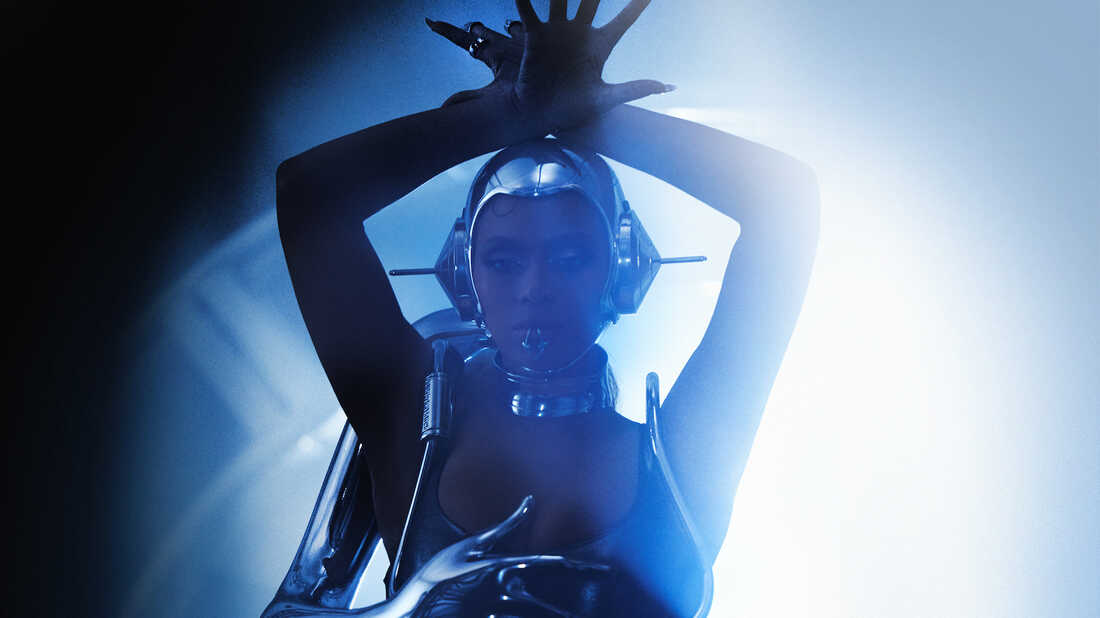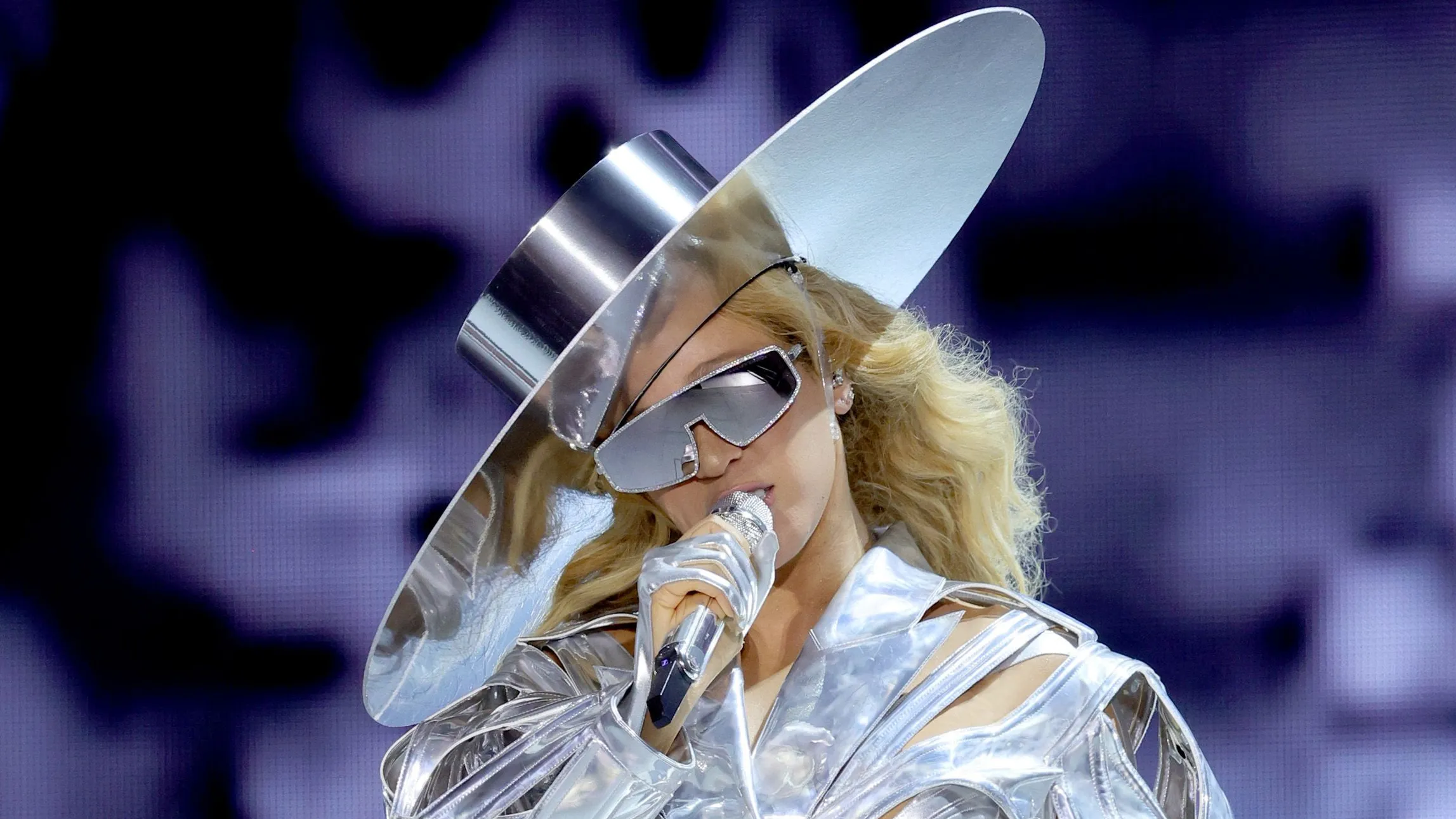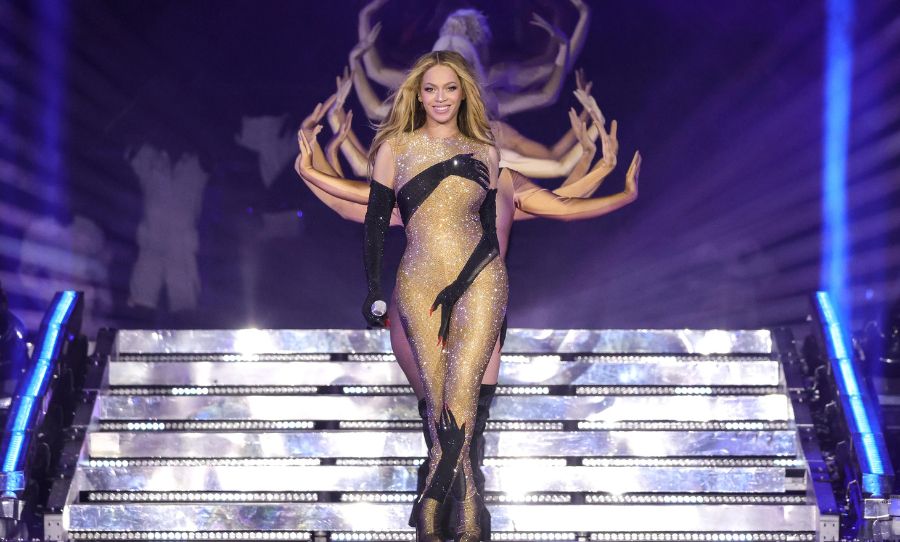Beyoncé’s Renaissance brims with a passion for culture and the people who make it
As the director and subject of Renaissance: A Film by Beyoncé, Beyoncé “Queen Bey” Knowles is aware of her unanimous perception as pop music’s most imperial star.
Successfully branded from the start as a prehistoric deity briefly assuming a mortal form, there’s guaranteed interest in a paring back of production and persona, explored selectively throughout this latest feature film.

It guides the glittering spectacle of Beyoncé’s universally-lauded seventh studio album, Renaissance, down to Earth like a docking UFO.
Interspersed with the imposing grandeur of the record-breaking Renaissance stadium tour are scenes of behind-the-scenes translucence, threading Beyoncé’s couture costumes and seamless vocal runs with glimpses into her life, family, team, and the tour’s construction.
These intermissions, matching the live footage in length, are intentionally abrupt in placement. This is most apparent early on when glimpses behind the dazzling curtain of Renaissance focus on the personal exhaustion inherent to such a high-maintenance world tour.
In such moments, Beyoncé appears clad in tracksuits, giving directions with overtired impatience and hand on temporal lobe.
Along with asides like Bey explaining her ritual pre-show sandwich, lamenting that she still has to fight to be heard professionally, and a final act monologue about her forties being her favorite decade, the film seeks to reframe Beyoncé as a figure of aspiration—particularly for black women and mothers—by exposing her humanness.
These clips convey to an admirer – perhaps emulator – of Beyoncé’s that such inevitabilities as ageing and tiredness are not antithetical to the expertly executed fierceness Beyoncé embodies, but essential components.
What is most striking about Renaissance from the perspective of empowerment, as it were, is the explicit attention that is given to LGBT people and history.
While the hive has long swarmed with fervent gay fans, Renaissance marks the first time in Beyoncé’s career that such fans are thematically placed front and centre.
The album is built on a sonic foundation of house music, and the encompassing era is a grand celebration of ballroom culture; the unmistakable cadence of Big Freedia booming over the organ pulse and piano chords of the propulsive lead single “Break My Soul” made this clear immediately.
The LGBT talent enlisted for the album and tour receive great emphasis in the film, with pertinent highlights being the brief insights into Kevin JZ Prodigy and Honey Balenciaga.
While the vision and thoroughness of Renaissance can seem scattershot over its considerable length, the film is neatly and poignantly rounded off with the contextualisation of the entire album cycle as a tribute to Beyoncé’s gay cousin “Uncle” Johnny, who introduced a young Bey to house music before he died during the AIDS epidemic of the nineteen-nineties; Renaissance hit theatres on the first of December – World AIDS Day – in commemoration.
Johnny was a prolific seamster, constructing numerous garments worn by Beyoncé in her early career.
While only receiving sporadic and somewhat shallow coverage, the wide array of stunning fashions on display throughout Renaissance is one of the film’s most captivating elements.
Playing into the pre-emptive mythologisation of her branding, Beyoncé references some of the most iconic feminine images of history and legend across a litany of looks tailored by about as many houses.
The outfit sure to become most associated with the Renaissance era is a sparkling Loewe catsuit onto which red-nailed black gloves are sewn and modestly positioned in the same manner as Botticelli’s Birth of Venus – one of the most revered works of renaissance art, which is later referenced again when Beyoncé emerges during “Virgo’s Groove” from the shell of a clam.
Through the distinctly metallic and silvery lens of Renaissance, Beyoncé straddles the past and future with her cultural evocations, even conjuring the maschinenmensch of Fritz Lang’s Metropolis – a robotic metaphor for the biblical Eve – in a Mugler bodysuit.

Similarly, a piece by Frolov fits Beyoncé into a corset which reveals the motherboard of a computer powered by a red heart when stripped away: a visual reference to the aforementioned humanness beneath Beyoncé’s appearance as a model of perfection.
An amount of the album’s sonic palette and the looks showcased on tour reference the future as imagined in the nineteen-sixties and seventies, such as with the disc-dripping gown constructed for the tour by Paco Rabanne (a floor-length recreation of one of their most recognisable pieces from 1966), or with the overt influence of space-age disco over much of the album – including an interpolation of Donna Summer’s decidedly forward-thinking electronic anthem “I Feel Love”.
Simultaneously a remarkable spectacle and breakdown of its own logistics, Renaissance: A Film by Beyoncé is a substantial feature and cultural document.
While its extensive performance sequences may wear thin on casual fans (especially given the film’s several false finishes), the half-concert half-documentary is an invigorating victory lap for its director and star.
As a post-pandemic rebirth of energy, vibrancy, community, and dance, Renaissance could hardly wish to be a greater success.
By Harrison Jones



